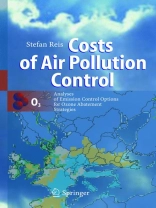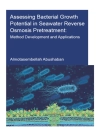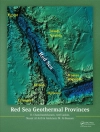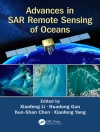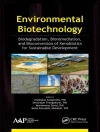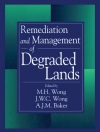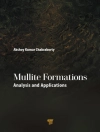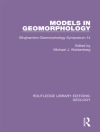During the summers of recent years, Germany – and other countries in Europe – – perienced a considerable number of days, where limit values for ground level ozone set for the protection of human health were exceeded. This occurred in spite of – ductions of ozone precursor emissions in Europe during the 1990s due to European and national environmental legislation. And with European air quality limit values having become more and more stringent over time, the question arises, to what – tent emission control measures will have to be implemented to achieve compliance with short and long term targets for ozone and other air quality problems. Emission control, however, is usually associated with considerable costs. Thus, air pollution control strategies do not only have to take into account compliance – sues. Cost-effective approaches to achieve targets have to be identified. In addition to that, benefits arising from reduced levels of air pollution need to be accounted for in the frame of a cost-benefit assessment of different options to reduce air pollutant emissions, in order to find the most efficient pathway to improved air quality.
Jadual kandungan
Introduction.- Air Pollution in Europe: Tropospheric Ozone; Air Pollution Impacts; Activities on Air Pollution Control.- Emissions, Sources and Abatement Costs: Emission Analysis; Country Analysis; Scenario Development; Assessing Abatement Costs; Emission Abatement Options.- Optimizing Ozone Abatement Strategies: Model Design and Implementation; Model Evaluation.- Modelling Results for Tropospheric Ozone: Cost-effectiveness Analysis; Additional Emission Reductions; Ozone Thresholds and Limit Values.- Evaluation of Results: Future Abatement Options; Recommendations for Policy Makers.- Conclusion and Outlook.
